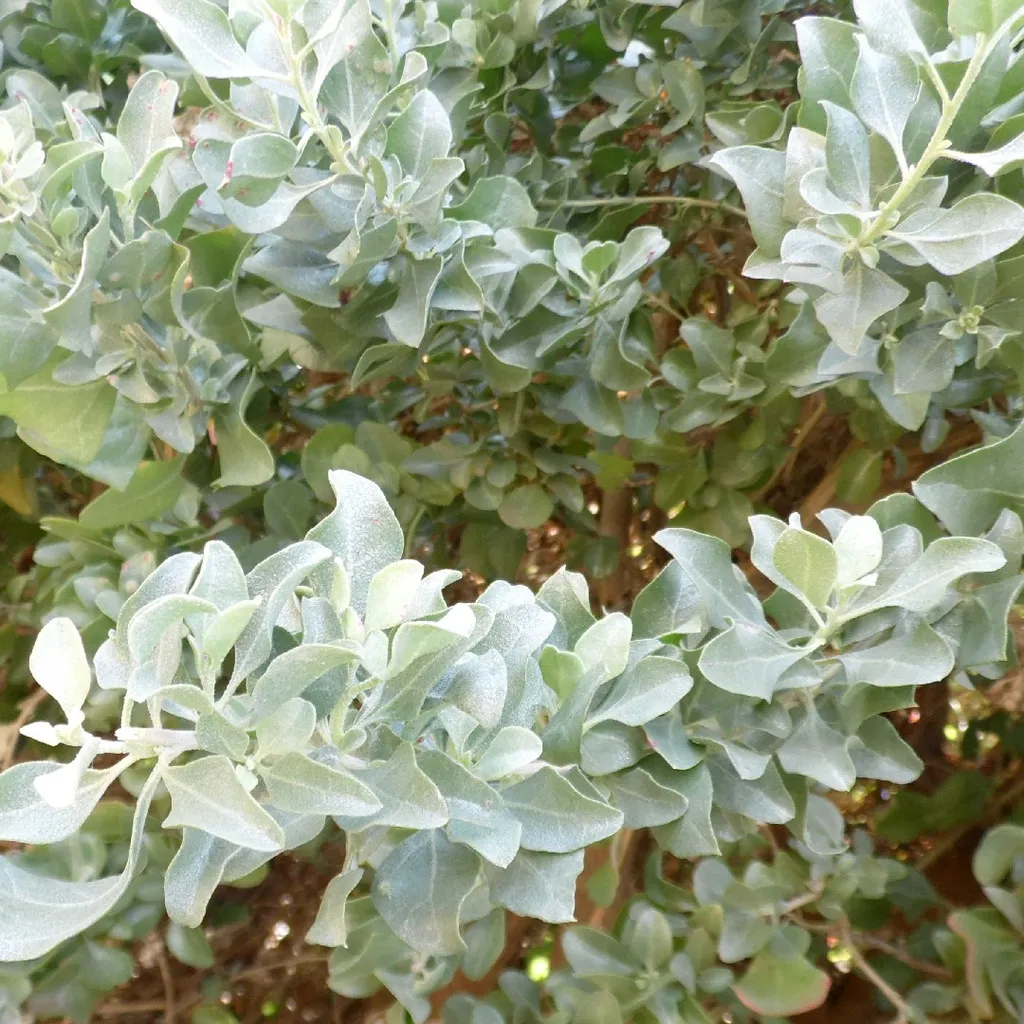In the arid landscapes where the Sahrawi people have endured as refugees for over half a century, a humble plant known as *Atriplex halimus* has long been a staple in their diet and traditional medicine. Now, a comprehensive study published in the journal ‘Plants’ has shed light on the nutritional and health potential of this resilient plant, offering promising opportunities for the agritech and agricultural sectors.
The research, led by Maria Eleonora Foletti of the Pharmaceutical Biology Laboratory at the University of Ferrara, Italy, delves into the nutritional profile, chemical composition, and safety of *A. halimus* leaves. The findings are striking: the leaves are rich in dietary fiber and essential minerals, particularly iron, which could address nutritional deficiencies prevalent in refugee populations and beyond.
“Our analysis demonstrated that *A. halimus* leaves are a powerhouse of essential nutrients,” Foletti explained. “The high dietary fiber content and significant levels of iron make it a valuable addition to diets where these nutrients are lacking.”
The study employed advanced techniques such as UPLC-HR-MS to identify 13 specialized metabolites, including rare flavonoids like glycosylated forms of isorhamnetin and syringetin. These compounds, along with caffeic acid derivatives identified by NMR, contribute to the plant’s potential health benefits. Despite minimal in vitro antioxidant activity, the traditional decoction of *A. halimus* leaves showed high polyphenol bioaccessibility, meaning the beneficial compounds are readily available for absorption during digestion.
Safety is a critical consideration for any potential food or medicinal ingredient. The Ames test, which assesses mutagenic and genotoxic effects, confirmed that *A. halimus* leaves are safe for consumption. This toxicological safety, combined with the plant’s robust nutritional profile, positions it as a promising functional ingredient.
The implications for the agriculture sector are substantial. *A. halimus* is a hardy plant that thrives in arid conditions, making it an ideal crop for regions with limited water resources. Its cultivation could provide a sustainable source of nutrients and bioactive compounds, contributing to food security and economic development in these areas.
“Our findings suggest that *A. halimus* leaves could be a valuable crop for arid regions,” Foletti noted. “Its resilience and nutritional benefits make it a promising candidate for agricultural diversification and food security initiatives.”
As the world grapples with the challenges of climate change and food security, the potential of *A. halimus* offers a glimmer of hope. This research not only highlights the plant’s nutritional and health benefits but also opens doors for future developments in agritech and sustainable agriculture. By harnessing the power of traditional knowledge and modern science, we can unlock new opportunities for a healthier, more resilient future.
The study, “Investigating the Nutritional Properties, Chemical Composition (UPLC-HR-MS) and Safety (Ames Test) of *Atriplex halimus* L. Leaves and Their Potential Health Implications,” was published in the journal ‘Plants’ and led by Maria Eleonora Foletti of the Pharmaceutical Biology Laboratory at the University of Ferrara, Italy.

